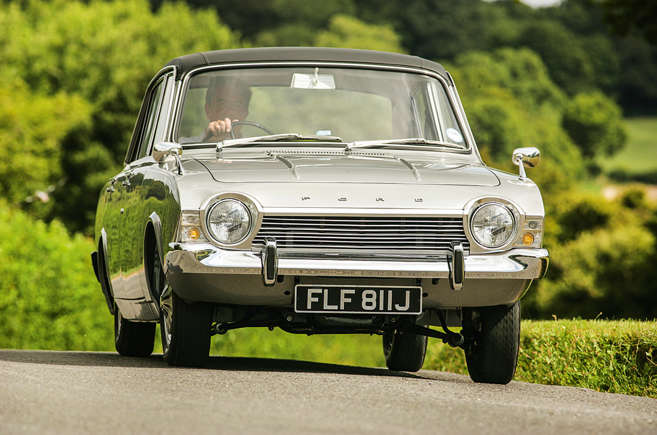
Happy 60th birthday!
Take car anniversaries from any post-war year and you’ll be sure to find one or two classic car gems that continue to be adored by enthusiasts.
But some years – such as 1964 – begat marque dynasties that are still revered today. Such as the Porsche 911 and the Ford Mustang.
And that was no surprise. Car manufacturers had weathered the austerity of the 1950s. And were now racing into the Swinging Sixties with stylish, flamboyant designs and groundbreaking engineering that would form a precedent for many years to come.
So here, in all their glory, are 22 of 1964’s most important automotive alumni, in alphabetical order.
1. Austin 1800
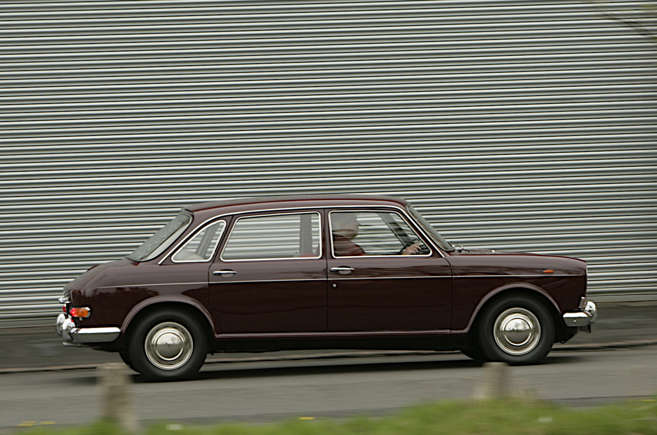
Often referred to as the ‘landcrab’, due to its (at launch) unconventionally wide and low body, the Austin 1800 was to become part of a bigger family of cars, including Morris and Wolseley ranges.
Powered by BMC’s 1798cc B-series four-cylinder engine. The Austin 1800 received much praise at launch for its space-efficient front-wheel-drive engineering and sophisticated hydrolastic suspension, contributing to it being awarded European Car of the Year in 1965.
The Austin 1800 also thrived in endurance rallies, where its advanced chassis and strong construction yielded many successes.
2. Autobianchi Primula
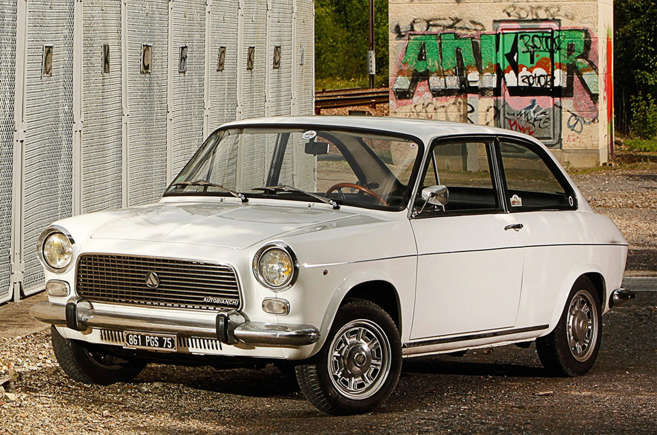
It would be easy to overlook the importance of the Autobianchi Primula, which heralded clever front-wheel-drive technology still used in the car industry to this day.
The Primula’s front/transverse engine location had been popularised by the Mini. But legendary engineer Dante Giacosa refined the concept with a compact clutch assembly that allowed the gearbox to run at the side of the engine. Rather than in the engine’s sump, as with the BMC car.
This brought greater refinement and easier serviceability, without losing the layout’s packaging advantages.
Once proven in the market, Autobianchi’s parent, Fiat, developed the engineering still further with the more mainstream 128, which became European Car of the Year in 1970.
3. Chevrolet Chevelle
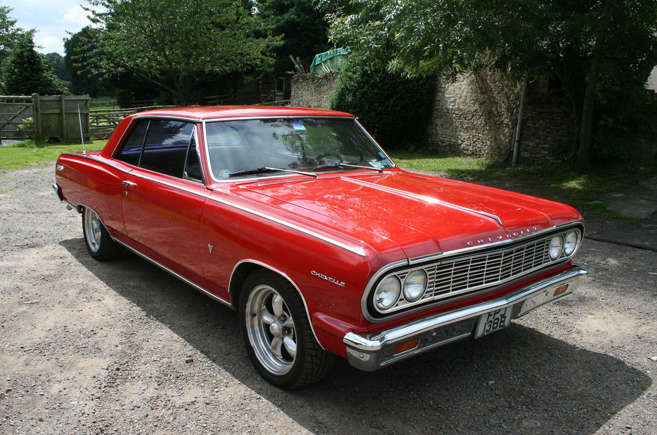
Launched by Chevrolet to go head to head with Ford’s new mid-size Falcon in the North American market. The Chevelle was to become one of GM’s most successful models, running through three generations between 1964 and 1977.
Built on GM’s perimeter-frame A-body platform, with four-link rear suspension. The Chevelle was available as a coupé, saloon, convertible or estate.
It was powered by a large range of six- and eight-cylinder engines from 3.2 litres to a big-block 6.5-litre unit.
4. Ferrari 275GTB
Replacing the 250-series models, the Ferrari 275GTB was penned by Pininfarina, built by Scaglietti, and available as either a hardtop Berlinetta or convertible GTS.
Powered by a Colombo-designed 3.3-litre V12, producing 276bhp. (though when equipped with the optional six-Weber carburettor set-up, Ferrari claimed up to c320bhp). The 275 was the first Ferrari to employ a transaxle, distributing weight more evenly across its ladder-frame chassis.
In 1966, an uprated 275GTB/4 model replaced the 275GTB, bringing with it two cams per cylinder bank and standardised six-Weber carburation.
Ferrari’s 275 range was replaced by the 365GTB/4 Daytona in 1968.
5. Fiat 850
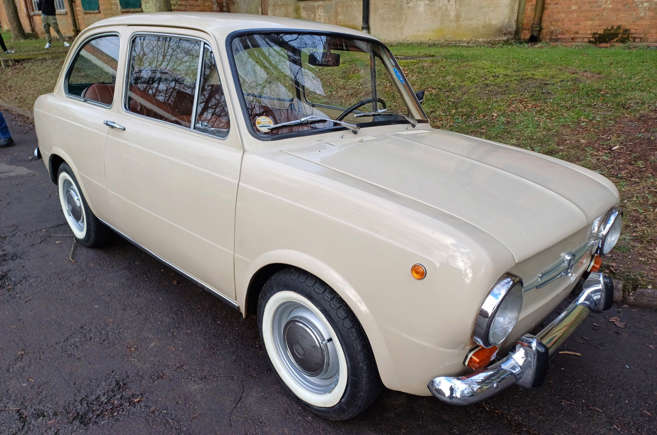
No 1960s Italian street scene would be complete without a gaggle of Fiat 850s – just take a look at The Italian Job’s pre-chase clips in Turin if you need any proof.
The second Dante Giacosa masterpiece in our list, the rear-engined 850 derived from the 600. Which it replaced, its 843cc engine an enlarged version of that model’s four-cylinder unit.
Pert and well proportioned in standard Berlina (saloon) form. Its meagre 33bhp output still allowed a 78mph top speed, thanks to a kerbweight of just 670kg (1477lb).
Sylish Coupé and Spider models added glamour and more performance to the 850 range, while a Familiare derivative evolved into a van and motorhome that was manufactured up to the 1980s.
Source: classic & sports car